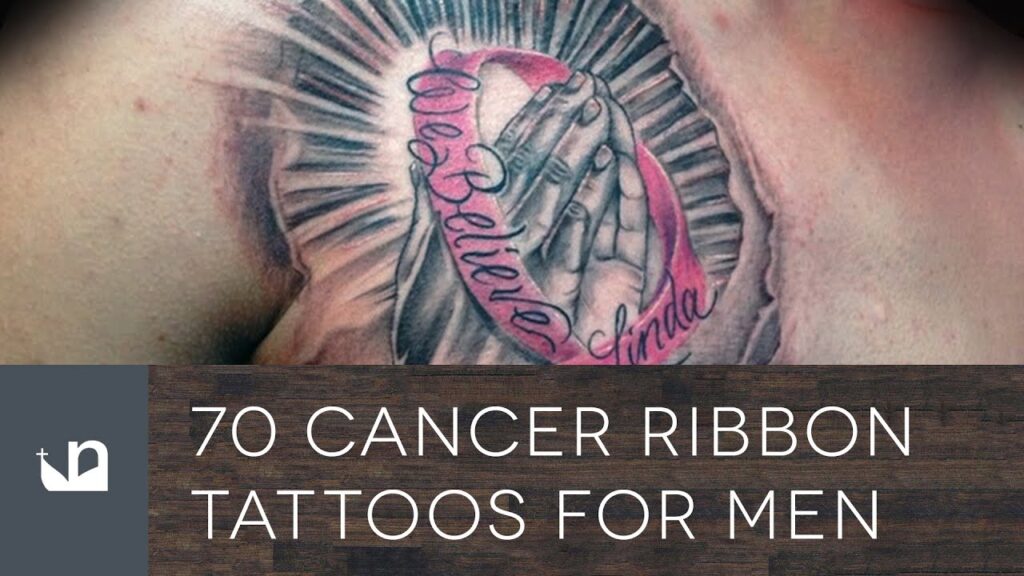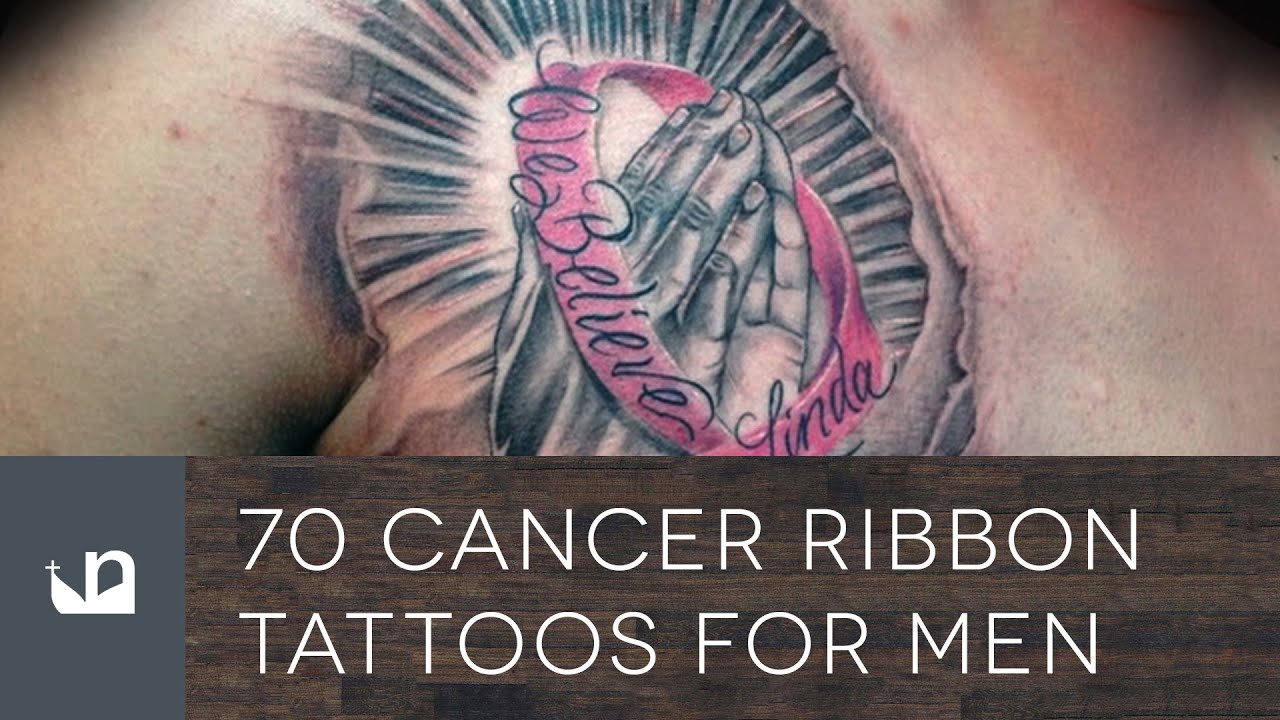
Survived Cancer Tattoo: A Powerful Symbol of Resilience and Hope
A survived cancer tattoo is more than just ink on skin; it’s a deeply personal and powerful declaration of victory, healing, and remembrance. For many cancer survivors, it serves as a permanent reminder of their strength, courage, and the journey they’ve overcome. This comprehensive guide explores the profound significance of survived cancer tattoos, offering insights into design ideas, the emotional aspects of choosing a tattoo, and expert advice on aftercare and tattoo placement. We aim to provide a trustworthy and authoritative resource for individuals considering this meaningful form of self-expression.
In this article, we will delve into the various aspects of choosing, designing, and caring for a survived cancer tattoo. We’ll cover everything from understanding the emotional impact to selecting the right artist and ensuring proper aftercare. Our goal is to empower you with the knowledge and resources you need to make informed decisions and create a tattoo that truly reflects your unique journey.
Understanding the Significance of a Survived Cancer Tattoo
A survived cancer tattoo holds immense personal significance. It represents the culmination of a challenging journey, a symbol of resilience in the face of adversity, and a testament to the strength of the human spirit. For many survivors, it’s a way to reclaim their bodies and redefine themselves after cancer.
Emotional and Psychological Impact
Choosing to get a survived cancer tattoo can be a deeply emotional experience. It often signifies a turning point in the healing process, allowing survivors to embrace their scars and transform them into symbols of strength. It can also serve as a visual reminder of the support received during treatment, fostering a sense of gratitude and connection.
Symbolism and Personal Meaning
The symbolism of a survived cancer tattoo is highly personal and can vary greatly depending on the individual’s experience. Some common symbols include:
- Ribbons: Representing the specific type of cancer survived.
- Butterflies: Symbolizing transformation and new beginnings.
- Lotus Flowers: Representing resilience and rebirth.
- Words of Strength: Such as “Survivor,” “Hope,” or “Courage.”
The specific design elements chosen for a survived cancer tattoo should reflect the individual’s personal journey and resonate with their values and beliefs.
Choosing the Right Design for Your Survived Cancer Tattoo
Selecting the right design is crucial for creating a survived cancer tattoo that is both meaningful and aesthetically pleasing. Consider your personal preferences, the symbolism you want to convey, and the placement of the tattoo.
Popular Design Ideas and Inspiration
Here are some popular design ideas for survived cancer tattoos:
- Ribbon Tattoos: Incorporating the cancer ribbon color into a larger design, such as a flower or butterfly.
- Floral Tattoos: Using flowers like lotus flowers, lilies, or roses to symbolize rebirth and beauty.
- Quote Tattoos: Featuring inspiring quotes or affirmations related to strength and resilience.
- Minimalist Tattoos: Simple and elegant designs that convey a powerful message with minimal detail.
Considerations for Placement and Size
The placement and size of your survived cancer tattoo will depend on your personal preferences and the design you choose. Some popular locations include:
- Wrists: A visible reminder of strength.
- Ankles: A subtle yet meaningful symbol.
- Chest: Close to the heart, representing courage and resilience.
- Back: A larger canvas for more intricate designs.
Consider the visibility of the tattoo and how it will fit with your lifestyle and personal style. Talk to your tattoo artist about the best placement options for your chosen design.
Finding a Reputable Tattoo Artist Specializing in Scar Cover-Ups
Choosing a skilled and experienced tattoo artist is essential for creating a survived cancer tattoo that you’ll be proud of. Look for an artist who specializes in scar cover-ups and has a portfolio of successful work.
Importance of Experience and Expertise
Scar tissue can be challenging to work with, so it’s important to find an artist who has experience tattooing over scars. They will understand the unique properties of scar tissue and how to adjust their technique accordingly.
Researching Artist Portfolios and Reviews
Before choosing an artist, carefully review their portfolio and read online reviews. Look for examples of scar cover-up tattoos that are similar to the design you have in mind. Pay attention to the artist’s attention to detail, line work, and overall aesthetic.
Consultation and Communication
Schedule a consultation with the artist to discuss your design ideas and concerns. This is an opportunity to ask questions about their experience, technique, and aftercare instructions. A good artist will listen to your needs and provide honest and realistic advice.
The Tattooing Process: What to Expect
Understanding the tattooing process can help ease any anxieties and prepare you for your appointment.
Preparing for Your Appointment
Before your appointment, make sure to:
- Get a good night’s sleep.
- Eat a healthy meal.
- Avoid alcohol and blood thinners.
- Moisturize the area to be tattooed.
During the Tattooing Session
During the tattooing session, the artist will clean and shave the area, apply a stencil of the design, and begin tattooing. The process can take several hours, depending on the size and complexity of the design. Be prepared to sit still and relax.
Pain Management and Coping Strategies
Tattooing can be painful, but the level of pain varies depending on the individual and the location of the tattoo. Some coping strategies include:
- Taking breaks during the session.
- Listening to music or podcasts.
- Practicing deep breathing exercises.
- Using numbing creams (consult with your artist first).
Aftercare and Healing: Ensuring a Beautiful and Healthy Tattoo
Proper aftercare is crucial for ensuring that your survived cancer tattoo heals properly and looks its best.
Immediate Aftercare Instructions
Immediately after your tattoo, the artist will apply a bandage or wrap. Follow their instructions on when to remove it. Generally, you should remove the bandage after a few hours and gently wash the tattoo with mild soap and water.
Long-Term Care and Maintenance
For long-term care, keep the tattoo clean and moisturized. Avoid direct sunlight, swimming, and tight clothing. Apply a fragrance-free lotion several times a day to keep the skin hydrated. With proper care, your survived cancer tattoo will remain vibrant and beautiful for years to come.
Addressing Scar Tissue and Skin Sensitivity
Tattooing over scar tissue requires special consideration. Scar tissue can be more sensitive and prone to irritation. Choose an artist who has experience working with scar tissue and can adjust their technique accordingly.
Techniques for Tattooing Over Scars
Experienced artists use specialized techniques to tattoo over scars, such as using lighter pressure and adjusting the needle depth. They may also recommend using a numbing cream to reduce discomfort.
Managing Potential Complications
Potential complications of tattooing over scars include:
- Increased pain and sensitivity.
- Slower healing time.
- Uneven ink distribution.
- Keloid formation.
If you experience any complications, consult with your tattoo artist or a medical professional.
Alternatives to Traditional Tattoos
For individuals who are hesitant about traditional tattoos, there are alternative options available.
Temporary Tattoos and Henna
Temporary tattoos and henna are non-permanent options that can provide a similar visual effect. They are a good choice for those who want to experiment with different designs or are not ready to commit to a permanent tattoo.
Medical Tattoos and Micropigmentation
Medical tattoos and micropigmentation are used to camouflage scars and restore natural skin tone. They are often used after surgery or radiation therapy to improve the appearance of the skin.
The Future of Survived Cancer Tattoos
The art of survived cancer tattoos is constantly evolving, with new techniques and designs emerging all the time. As more and more survivors embrace this form of self-expression, it is likely to become even more popular and accepted.
Real-Life Stories and Testimonials
Many cancer survivors have shared their stories about the transformative power of survived cancer tattoos. These stories offer inspiration and hope to others who are considering this meaningful form of self-expression.
Q&A: Your Questions Answered
Here are some frequently asked questions about survived cancer tattoos:
- Is it safe to get a tattoo over scar tissue?
Yes, but it’s crucial to find an experienced artist specializing in scar cover-ups. They can assess the scar tissue and adjust their technique accordingly.
- How much does a survived cancer tattoo cost?
The cost varies depending on the size, complexity, and location of the tattoo, as well as the artist’s rates. Expect to pay more for an artist with scar cover-up experience.
- How long does it take for a survived cancer tattoo to heal?
Healing time varies, but typically takes 2-4 weeks. Proper aftercare is essential for optimal healing.
- What are the best designs for covering up mastectomy scars?
Floral designs, geometric patterns, and abstract art are popular choices for covering up mastectomy scars. The best design is one that resonates with you personally.
- Can I get a survived cancer tattoo while undergoing treatment?
It’s generally not recommended to get a tattoo while undergoing cancer treatment due to a weakened immune system. Wait until your treatment is complete and your immune system has recovered.
- What type of ink is best for tattooing over scar tissue?
High-quality, hypoallergenic inks are recommended for tattooing over scar tissue to minimize the risk of allergic reactions and irritation.
- How can I find a tattoo artist who understands the emotional significance of a survived cancer tattoo?
Look for artists who have experience working with cancer survivors and who are compassionate and understanding. Read reviews and ask for referrals.
- What if my scar tissue is very sensitive?
Discuss your concerns with your artist. They may recommend using a numbing cream or adjusting their technique to minimize discomfort.
- Are there any support groups for people with survived cancer tattoos?
While specific support groups may be rare, online forums and communities for cancer survivors often feature discussions about tattoos and body image.
- What should I do if my survived cancer tattoo becomes infected?
Seek medical attention immediately. An infected tattoo requires prompt treatment to prevent complications.
Conclusion: Embracing Your Journey with a Survived Cancer Tattoo
A survived cancer tattoo is a powerful symbol of resilience, hope, and healing. It’s a personal statement that celebrates your journey and empowers you to embrace your strength. By choosing the right design, finding a skilled artist, and following proper aftercare instructions, you can create a tattoo that is both meaningful and beautiful.
We hope this guide has provided you with the information and inspiration you need to make informed decisions about getting a survived cancer tattoo. Remember, this is your journey, and your tattoo should reflect your unique experience and personal style. Share your experiences with survived cancer tattoos in the comments below, or explore our advanced guide to tattoo aftercare for more in-depth information.

